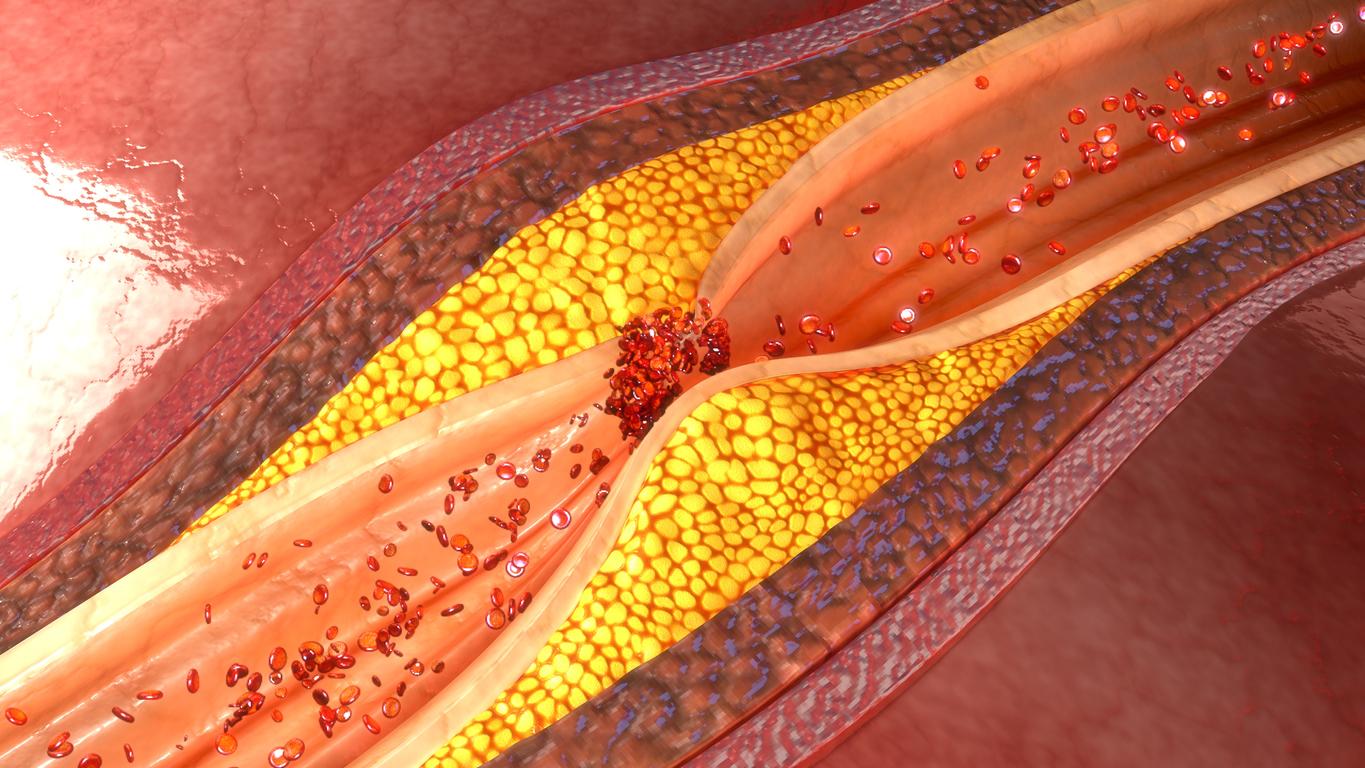No more defibrillators in Parisian train stations: this is what researchers from the National Institute of Health and Medical Research (Inserm) are recommending, following their work on the places where cardiac arrests most frequently occur in the streets of Paris.
Since 2007, more and more defibrillators have been installed in the capital, but randomly. Also, to try to get the most out of these devices, the Sudden Death Expertise Center, which depends on Inserm, helped by the Paris fire brigade, geolocated all cardiac arrests that occurred between 2000 and 2010. In total, 1,255 cardiac arrests occurred on public roads, that is to say in outside the hospital or home.
20% of cardiac arrests in 5 stations
The researchers located all these deaths on a map of the capital cut into 2020 boxes, each with information on population density and flow as well as the urban facilities present (station, school, shopping center, museum, etc.). They then realized that there is not necessarily no more cardiac arrests in the very populated places of the capital, but that on the other hand “there is a strong association with the frequentation of a place, namely the number of people who pass there during a day. And 5 places stand out in particular: the 5 main stations in Paris. These stations, which represent 1% of the city’s surface area, account for nearly 20% of the total number of cardiac arrests “underlines Eloi Marijon, researcher at Inserm / Paris-Descartes University, and main author of this study.
For now, researchers have no explanation for this higher number of infarcts, other than the stress generated by travel and transport. But they plead for a greater number of defibrillators to be installed in Parisian stations and for a greater number of people to be trained in the use of this material. Because if we intervene in the minutes following the cardiac arrest, the victim has a 70% chance of being saved.
Read also :
Cardiac arrest: the warning signs
Cardiac arrest: the right actions to save lives


















